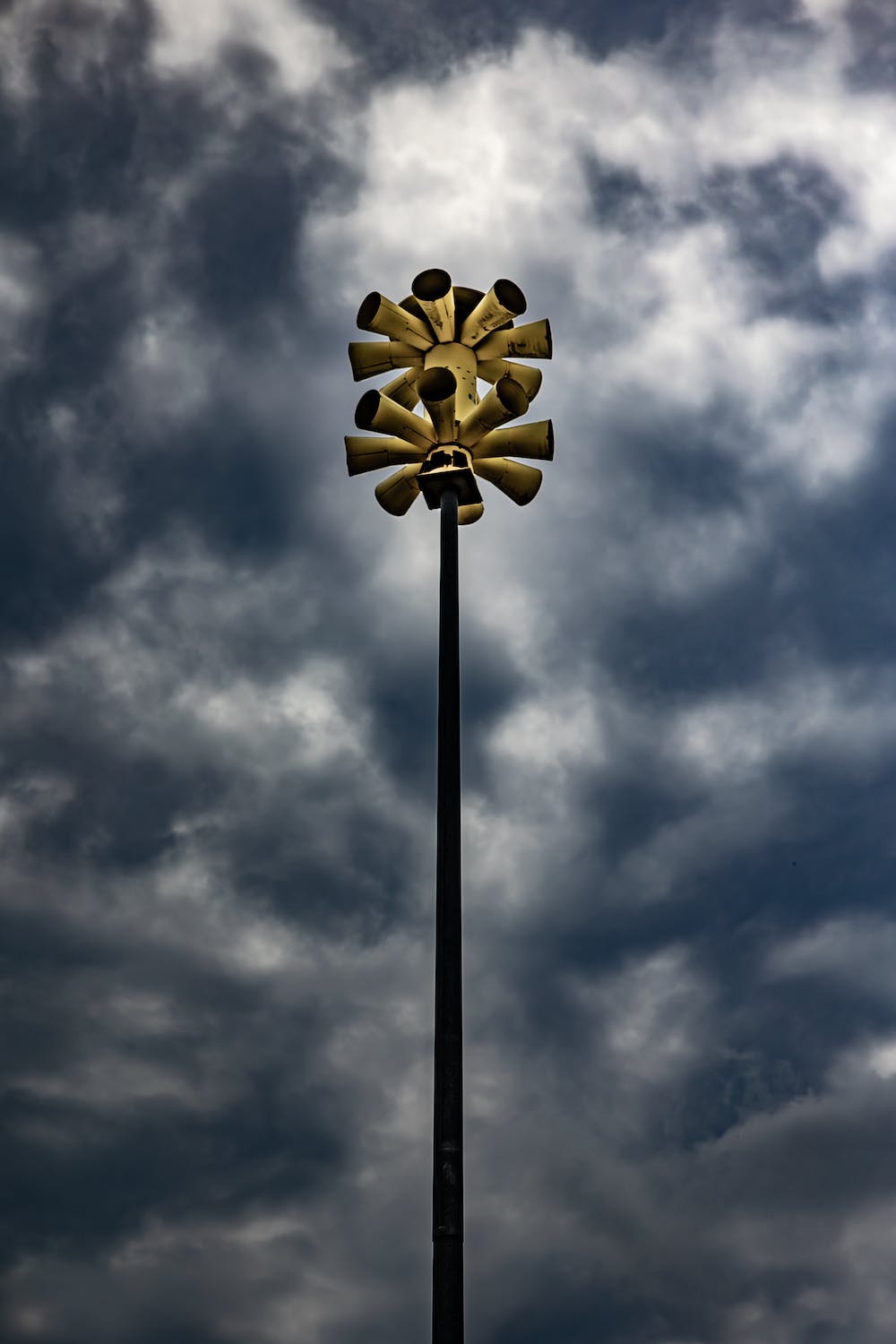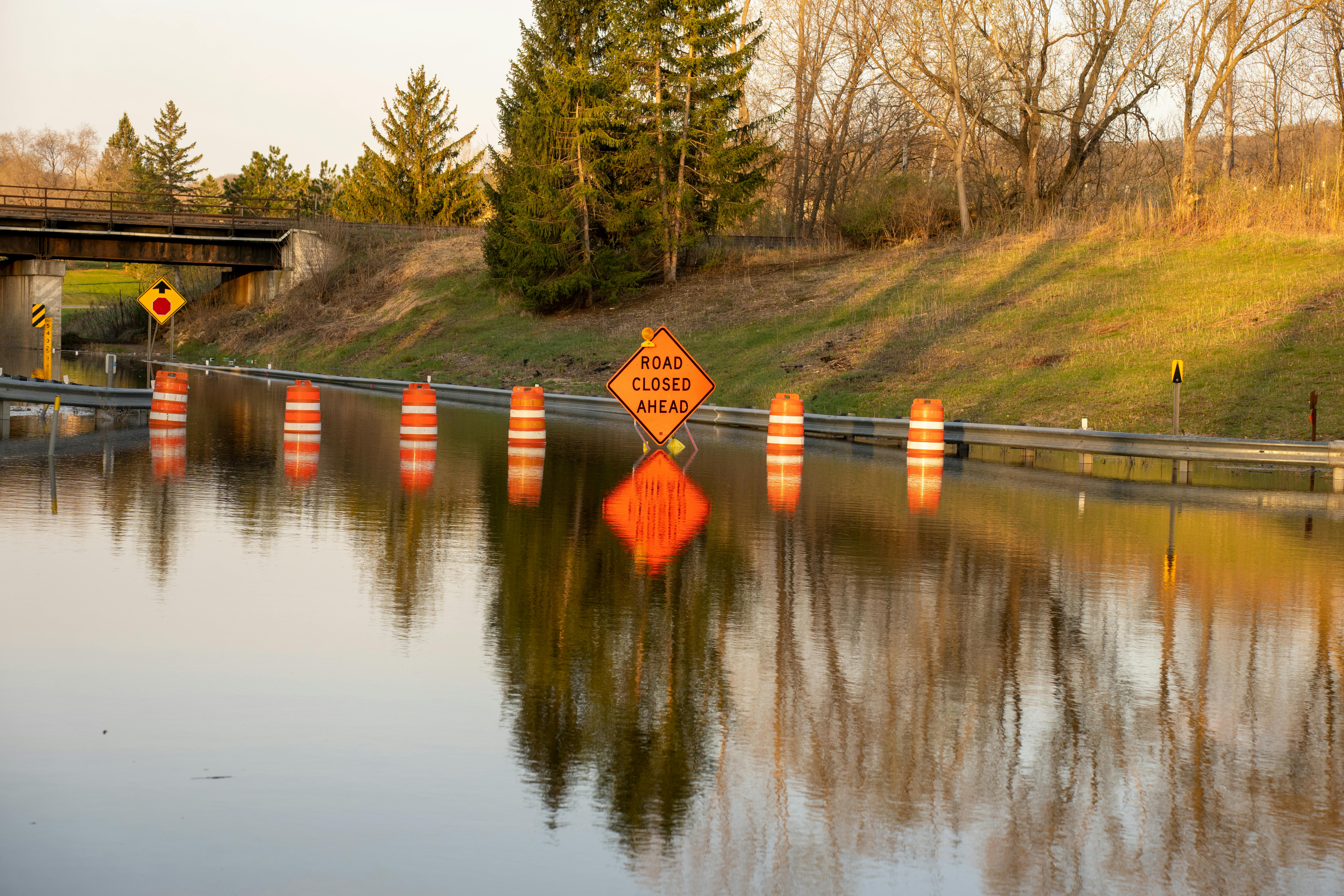As the spring months approach, people in the United States start to pay attention to the tornado season outlook. This is the time when meteorologists and scientists start to analyze weather patterns and make predictions about the severity and frequency of tornadoes for the upcoming season. The 2023 tornado season outlook is already generating a lot of interest, and people are curious to know what to expect in terms of tornado activity.
2023 Tornado Outlook
According to the National Oceanic and Atmospheric Administration (NOAA), the 2023 tornado season is expected to be above average in terms of the number of tornadoes that occur. This means that we can expect to see more tornadoes than usual during the season, which typically runs from March to July. The NOAA predicts that there will be 15 to 20 tornadoes that are rated EF-3 or higher, which is the threshold for a tornado to be considered a “major” tornado.
The NOAA’s prediction is based on a number of different factors, including weather patterns, sea surface temperatures, and historical data. One of the key factors is the state of the El Niño-Southern Oscillation (ENSO) in the Pacific Ocean. The ENSO is a natural climate pattern that influences weather around the world, and when it is in a certain phase, it can increase the likelihood of tornadoes in the United States. This year, the ENSO is expected to be in a neutral phase, which means that it is neither El Niño nor La Niña. However, even in neutral years, there can be above-average tornado activity, as was the case in 2019.
Climate Considerations on Tornado Season
Another factor that is being closely monitored is the Gulf of Mexico, which is a major source of moisture for thunderstorms and tornadoes in the central and southern United States. Warmer sea surface temperatures in the Gulf can increase the amount of moisture that is available for storms, which can in turn lead to more intense thunderstorms and tornadoes. This year, sea surface temperatures in the Gulf are slightly above average, which could contribute to an active tornado season.
Warmer sea surface temperatures in the Gulf can increase the amount of moisture that is available for storms, which can in turn lead to more intense thunderstorms and tornadoes.
It’s important to remember that tornadoes can occur at any time of the year, and they can happen anywhere in the United States. However, certain regions are more prone to tornadoes than others. The “Tornado Alley” region, which includes parts of Texas, Oklahoma, Kansas, and Nebraska, is particularly vulnerable to tornadoes, as is the southeastern United States.
Regardless of where you live, it’s important to be prepared for tornadoes and other severe weather events. Make sure that you have a plan in place for what to do in the event of a tornado, including a designated safe room or shelter. Stay informed about weather conditions in your area by monitoring the news, weather apps, or NOAA weather radios.
The 2023 tornado season outlook is predicting an above-average season in terms of tornado activity. However, it’s important to remember that these predictions are just that – predictions – and they can change as the season progresses. The best thing you can do is be prepared for the possibility of tornadoes and other severe weather events, and stay informed about weather conditions in your area.
SOURCES:
https://www.spc.noaa.gov/climo/online/monthly/2023_annual_summary.html
https://www.accuweather.com/en/severe-weather/tornado-forecast-for-the-united-states-2023/1494586






